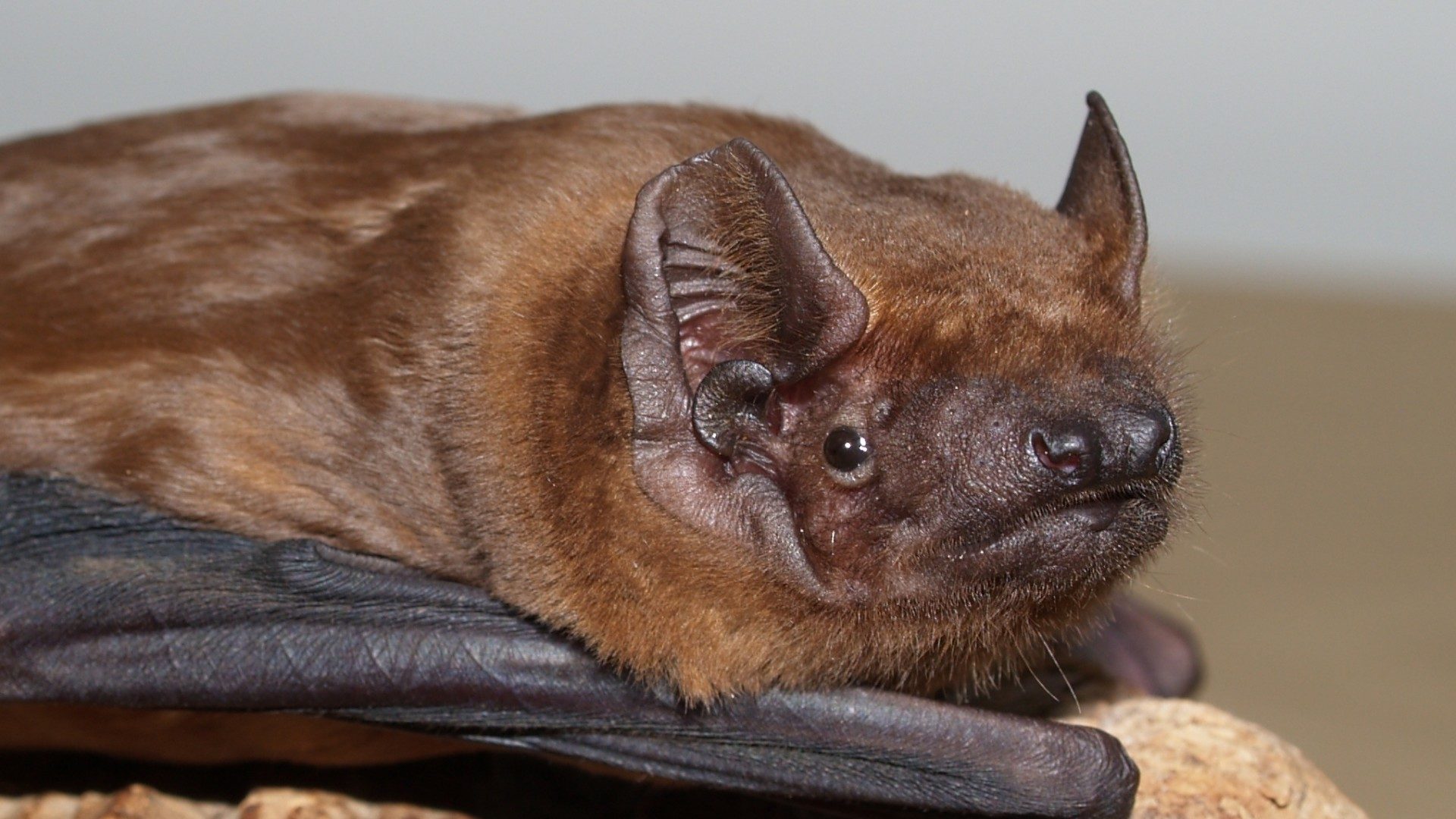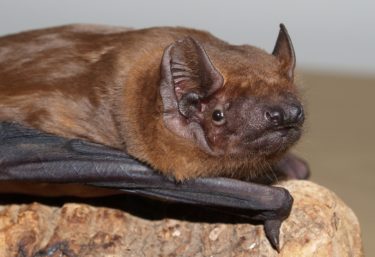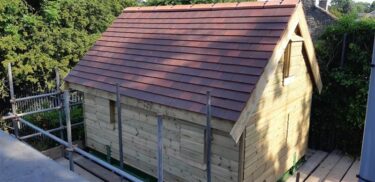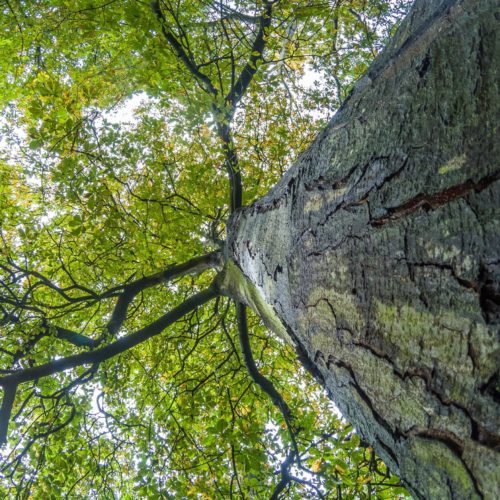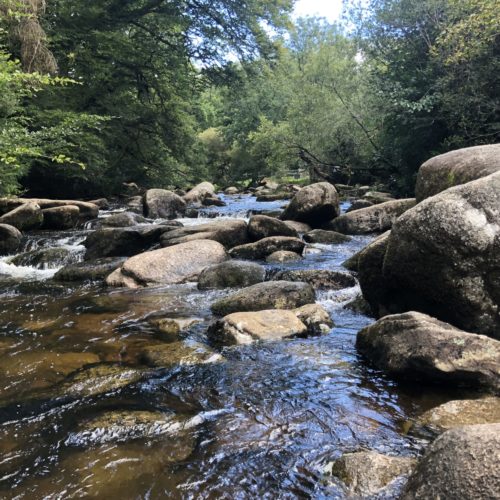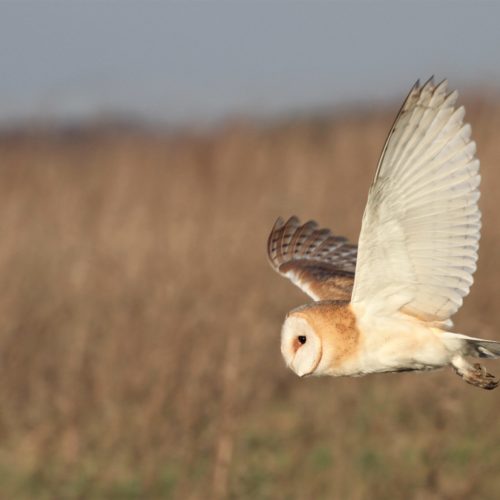Bats make the most of the plentiful summer before hibernating during the cold winter, meaning there are limited windows of opportunity to carry out bat surveys to ensure a development is compliant with the law.
If bats are reasonably likely to be present in a structure, tree, feature, site or area under construction and may be affected by a proposed activity, then surveys are required. This is to determine their presence or likely absence, to identify the species, and how and when they are using the affected areas.
Will bats and their habitat affect my development plans?
All bats and their roosts are fully protected by UK law, thus they’re afforded strict protection from the deliberate killing, injuring, disturbing or taking, and their resting places are protected from damage and destruction (including when not in use) under the Habitats and Species Regulations 2017.
Identifying if the land you propose to develop has the potential to support the species starts with a survey.
Bat survey services
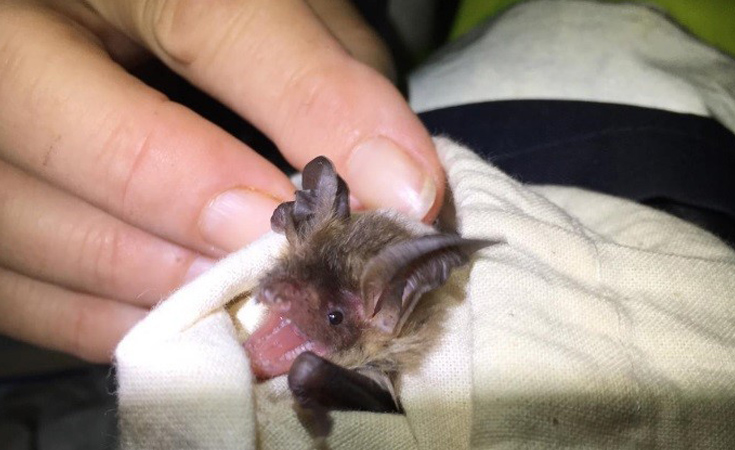
Depending on what stage the developer is at in the ecology process, the first thing that is usually carried out is a Preliminary Ecological Appraisal (PEA). This method is to rapidly assess and map habitats on site, highlighting areas for further bat surveys.
Following successful completion of a PEA and its recommendations, bat surveys are conducted by experienced ecologists. If there is potential for bat roosts on a site, the following surveys may be required:
- Preliminary Roost Assessment (PRA)
- Preliminary Ground Level Roost Assessment (PGLRA)
- Tree Climbing Survey
- Emergence/ Return to Roost Survey
- Hibernation surveys and advanced bat survey techniques
Bat PRA and PGLRA surveys
A PRA is conducted for buildings and a PGLRA is conducted for trees – both of which will help to determine their level of potential to support roosting bats. These preliminary surveys can be carried out during the same site visit as the PEA but require in depth knowledge of bat ecology and roosting preference to determine how bats may use a tree or structure throughout the year.
On occasions this may involve the use of high powered torches and endoscopes to investigate potential roosting features. Both these techniques can disturb roosting bats and so therefore are required to be carried out by a licensed bat worker.
Bat tree climbing surveys
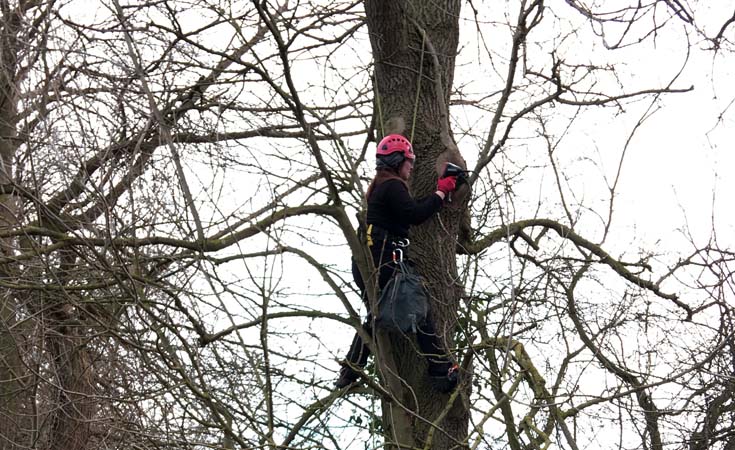
Tree Climbing Surveys are useful to inspect the inside of a Potential Roost Feature (PRF) on a tree identified from the ground. The potential assigned from the ground is often reevaluated upon inspection and individual features can have their potential increased.
However, since a high number of features that look promising from the ground lack a suitable internal space for a roosting bat, Tree Climbing Surveys could save on costs by reducing the number of Emergence/ Return to Roost Surveys required, if there are many trees being affected by a development.
Bat emergence / return to roost surveys
Emergence/ Return to Roost surveys are conducted to confirm the presence or likely absence of roosting bats on a development. For each PRF identified on buildings or trees, either one, two or three of these surveys are required depending on the potential the feature was assigned in the PRA or PGLRA. The surveys are also weather dependent and should be reasonably spread from April to October.
Activity transects and static monitoring
Activity Transects involve walking the site at dusk and dawn to record all bat activity. For larger developments, or developments that may impact on bats commuting or foraging habitat, it may be necessary to gauge the impact of the project on bat foraging grounds and commuting corridors.
Static Monitoring involves placing devices with microphones for longer periods out on important linear structures to detect bats, such as hedgerows and tree lines. Both surveys are designed to identify important areas of the site so that suitable mitigation can be advised against any impacts to bats.
Bat hibernation surveys
Hibernating bats require very specific conditions to keep cool and hydrated during the winter and are also at much higher risk if disturbed at this time of the year. When these conditions are flagged up during a PRA or PGLRA, a hibernation survey will be recommended.
Two visits over the period of January through to February will be scheduled to investigate features in a tree or structure for the presence of hibernating bats. This may also involve the use of static monitoring devices, which can be placed in loft voids or underground cellars to record activity over the course of the hibernating season.
Advanced bat surveys
Where particularly rare or endangered bat species may be roosting and where the impacts of the development may be quite severe, advanced licence bat survey techniques may be used to record more in-depth information on bat species diversity and their use of the site.
These techniques involve the capture of bats in flight using harp traps and mist nets to identify bats by hand, as well as potentially radio tagging them and tracking their activity and movement through important habitat like mature and ancient woodland.
Since these survey techniques are carried out with a much higher level of risk to the bats’ well-being, they’re usually only used when the data needed for the development goes beyond what other less invasive techniques can record and are only possible with the application of a specific project licence from Natural England.
When can bat surveys take place?
Bat surveys can be carried out at any time of year, but bats are most likely to be seen or heard in roofs during the summer or autumn, or seen in subterranean areas during the winter.
If evidence of bat use is found, or a potential to support roosting bats identified, then further surveys are required to identify species and type of roost. This is assessed by dusk emergence and dawn return-to-roost surveys, often in conjunction with activity surveys using bat detectors to record foraging and commuting activity and the use of the wider site by bats.
These surveys can be undertaken from May to August, with September being a sub-optimal month. Depending on the level of potential assigned to a feature, multiple surveys may be required, to be undertaken at least one month apart .
Download our ‘Species Survey and Mitigation Planner’ for a month by month guide to the best and most challenging times to survey various species in the UK.
Licensing requirements for bats
If a bat roost is going to be affected by a project, developers will need to apply for a European Protected Species Licence (EPSL) to potentially disturb or destroy a roost, translocate, or exclude roosting bats. This application will describe the details of the roost, and steps that will be taken to provide adequate mitigation.
The Wildlife and Countryside Act 1981 makes it an offence to obstruct access roosts/resting places, as well as protecting the animal from disturbance while it uses this place or structure. For any impacts on bats caused by a development, a license from Natural England must be obtained in order to contravene these laws. One particular project that Thomson has supported in helping developers gain a bat EPSL, is for Basing House, Hampshire.
Bat mitigation services
Once surveys have been conducted to determine the presence of bats on site, mitigation measures can be set in place to avoid and/or reduce developmental impact.
This may include the creation of alternate bat roosting sites to replace excluded or destroyed roosts. Bat boxes can be fitted to replace smaller roosting sites, however for more complex situations bat roosts can be integrated into the fabric of proposed built structures, or bat houses can be erected to replicate specific roosting conditions.
When bat habitat is being lost or changed, compensatory features and habitat can be created to encourage foraging and commuting bats. This could be, for example, the planting of new hedgerows and tree lines, or ‘dark corridors’ that exclude light over sections of a site.
Lighting can be a sensitive element for bats and extensive research and work has gone into the development and implementation of bat friendly lighting schemes. This involves timed lighting to avoid the most sensitive times of night for bats; light that emit less disturbing wavelengths and as hooded lamps to reduce light spill.
Bat ecology
Seventeen resident species of bat can be found in the UK, all of which are nocturnal; spending the day resting in roosts before emerging around dusk to hunt. They roost in a range of locations including buildings, bridges, caves and trees, with some species now showing preference to man-made structures.
Bats are highly efficient predators using their eyes, ears and echolocation to forage for insects. Their foraging style is diverse and ranges from aerially hawking flying insects from the sky to gleaning them directly from surfaces.
Bats are important to the ecosystem as they control insect numbers, including garden and crop pest species. One of our most numerous species, the common pipistrelle bat, weighs roughly the same as a 20p coin and can eat up to 3,000 insects in one night.
How we can help
Our bat surveys and mitigation strategies are guided by best practice including the Bat Conservation Trust’s Good Practice Guidelines (Collins, 2016) and Natural England Standing Advice, and our surveyors meet the competencies set out by the Chartered Institute of Ecology and Environmental Management (CIEEM).
Where bats or their roosts may be affected by a development, our specialists can provide advice on suitable mitigation options and guidance on minimising ecological risk. To allow works to proceed lawfully, we can apply for the development licences necessary on your behalf.
We are adept at using innovative approaches and customising projects to produce the most time and cost-effective solutions. Let us know if your development plans are impacted by the potential of bats.
